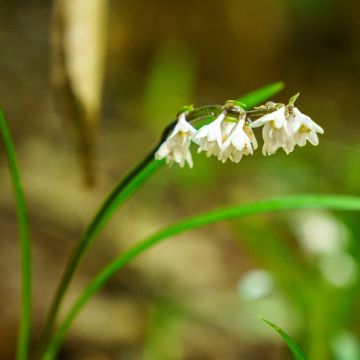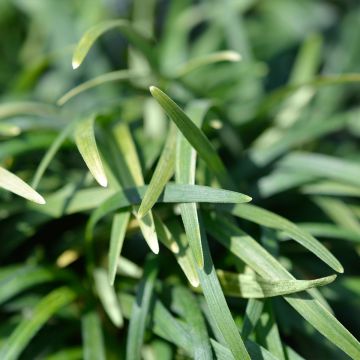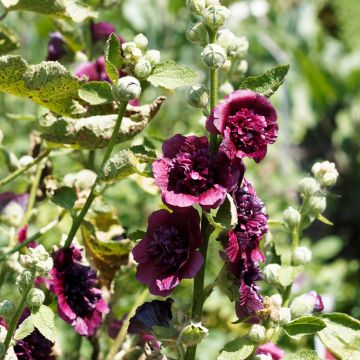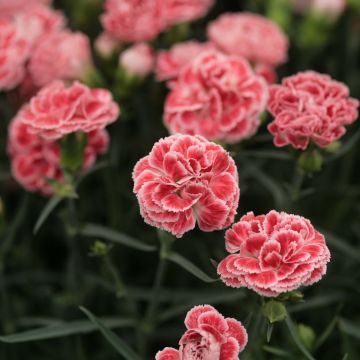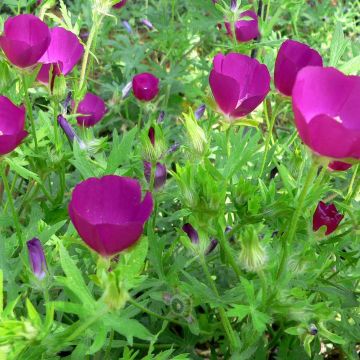

Ophiopogon planiscapus Black Dragon


Ophiopogon planiscapus Black Dragon
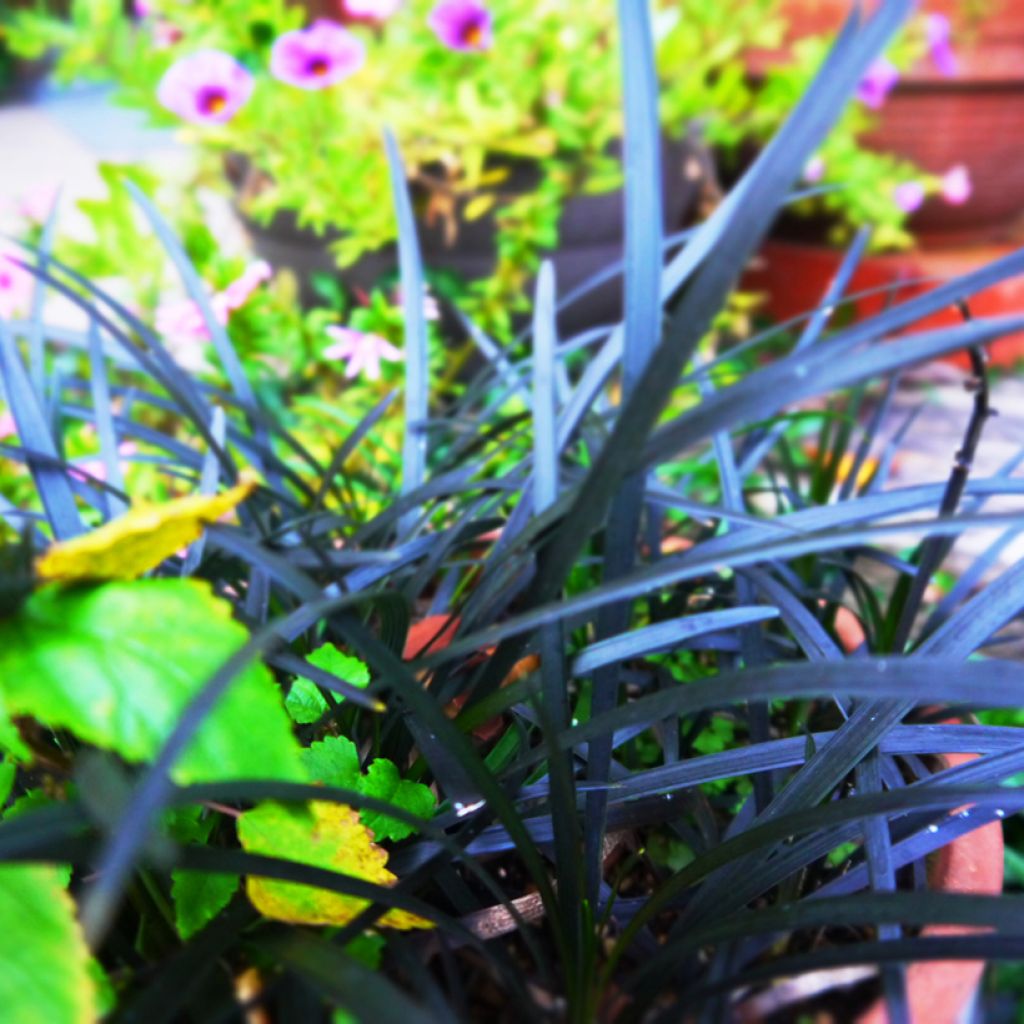

Ophiopogon planiscapus Black Dragon


Ophiopogon planiscapus Black Dragon
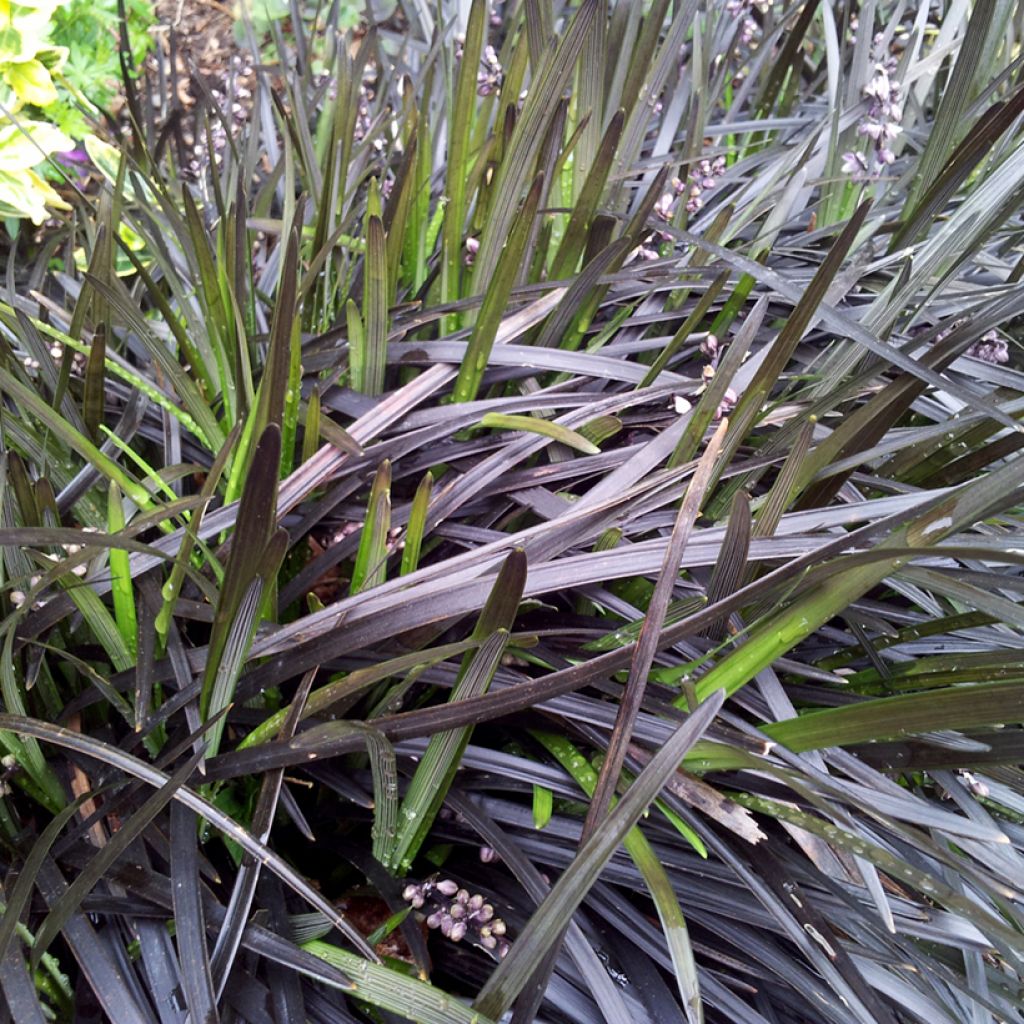

Ophiopogon planiscapus Black Dragon


Ophiopogon planiscapus Black Dragon
Ophiopogon planiscapus Black Dragon
Ophiopogon planiscapus Black Dragon
Mondo Grass, Fountain Plant, Monkey Grass, Snake's beard
This plant carries a 12 months recovery warranty
More information
We guarantee the quality of our plants for a full growing cycle, and will replace at our expense any plant that fails to recover under normal climatic and planting conditions.
From €5.90 for pickup delivery and €6.90 for home delivery
Express home delivery from €8.90.
From €5.90 for pickup delivery and €6.90 for home delivery
Express home delivery from €8.90.
Does this plant fit my garden?
Set up your Plantfit profile →
Description
Black - it is back: after Ophiopogon planiscapus 'Nigrescens', discover Ophiopogon planiscapus 'Black Dragon'! Similar to 'Nigrescens', 'Black Dragon' is a slightly more compact and more vigorous cultivar. Indeed, the only criticism that can be made of the splendid 'Nigrescens' is that it is sometimes slow to establish. The only gramineous plants with truly black foliage, these two Ophiopogons develop splendid ribbons of leaves that captivate the eye. Plant this 'Black Dragon' selection preferably in fresh, well-drained and rich soil, in partial shade. Graphic, Ophiopogon is a companion to contemporary, Japanese, shade and gravel gardens. It also thrives in potted plantings. It develops a discreet but contrasting flowering in summer, with a very pale mauve colour, followed by blueberry-like fruits that add to its charm.
Ophiopogon is a perennial herbaceous plant from the lily family, native to shaded thickets and wooded areas in China and Japan. Ophiopogon planiscapus 'Black Dragon', a close relative of Lily of the Valley, forms a small, spreading clump on a compact stump that gradually extends thanks to its suckers in fresh and rich soil, but does not spread much in drier and compact soil. It reaches 15cm (6in) in height and spreads up to 30 to 40cm (12 to 16in) in the long term. At the start of growth, its young linear and arching leaves are a bright green. They quickly take on their definitive bronze colour, so dark that it appears black. These evergreen leaves measure 20 to 25cm (8 to 10in) in length. In early summer, small bell-shaped flowers appear in shades of white, mauve, and pale pink. They are then replaced by cute round and shiny (toxic) berries in a bluish-black colour. Ophiopogon is hardy down to -10 to -15°C (14 to 5°F).
Easy to grow, Ophiopogon tolerates all exposures as long as the soil is well-drained and remains moist. However, it prefers shaded situations. Associate the Ophiopogon, in borders or pots, with Heucheras, ferns, perennial geraniums, or Epimediums.
Report an error about the product description
Flowering
Foliage
Plant habit
Botanical data
Ophiopogon
planiscapus
Black Dragon
Convallariaceae
Mondo Grass, Fountain Plant, Monkey Grass, Snake's beard
West Asia
Other Ophiopogon
Planting and care
The 'Black Dragon' Ophiopogon planiscapus appreciates a semi-shaded to shaded location. It also tolerates a sunny exposure, if the rays of the sun are not too intense. Morning sun is preferred. Planting can be done in spring or autumn, in a light soil, without too much limestone, slightly acidic, rich in humus, clayey or sandy, well-drained. It is grown in moist soil and tolerates dry periods or drier soil once well established. In regions with harsh winters, it is highly recommended to place it in a sheltered location from severe frosts and to mulch its base with a good layer of dead leaves from autumn. It requires no care after planting.
Planting period
Intended location
Care
This item has not been reviewed yet - be the first to leave a review about it.
Summer flowering perennials
Haven't found what you were looking for?
Hardiness is the lowest winter temperature a plant can endure without suffering serious damage or even dying. However, hardiness is affected by location (a sheltered area, such as a patio), protection (winter cover) and soil type (hardiness is improved by well-drained soil).

Photo Sharing Terms & Conditions
In order to encourage gardeners to interact and share their experiences, Promesse de fleurs offers various media enabling content to be uploaded onto its Site - in particular via the ‘Photo sharing’ module.
The User agrees to refrain from:
- Posting any content that is illegal, prejudicial, insulting, racist, inciteful to hatred, revisionist, contrary to public decency, that infringes on privacy or on the privacy rights of third parties, in particular the publicity rights of persons and goods, intellectual property rights, or the right to privacy.
- Submitting content on behalf of a third party;
- Impersonate the identity of a third party and/or publish any personal information about a third party;
In general, the User undertakes to refrain from any unethical behaviour.
All Content (in particular text, comments, files, images, photos, videos, creative works, etc.), which may be subject to property or intellectual property rights, image or other private rights, shall remain the property of the User, subject to the limited rights granted by the terms of the licence granted by Promesse de fleurs as stated below. Users are at liberty to publish or not to publish such Content on the Site, notably via the ‘Photo Sharing’ facility, and accept that this Content shall be made public and freely accessible, notably on the Internet.
Users further acknowledge, undertake to have ,and guarantee that they hold all necessary rights and permissions to publish such material on the Site, in particular with regard to the legislation in force pertaining to any privacy, property, intellectual property, image, or contractual rights, or rights of any other nature. By publishing such Content on the Site, Users acknowledge accepting full liability as publishers of the Content within the meaning of the law, and grant Promesse de fleurs, free of charge, an inclusive, worldwide licence for the said Content for the entire duration of its publication, including all reproduction, representation, up/downloading, displaying, performing, transmission, and storage rights.
Users also grant permission for their name to be linked to the Content and accept that this link may not always be made available.
By engaging in posting material, Users consent to their Content becoming automatically accessible on the Internet, in particular on other sites and/or blogs and/or web pages of the Promesse de fleurs site, including in particular social pages and the Promesse de fleurs catalogue.
Users may secure the removal of entrusted content free of charge by issuing a simple request via our contact form.
The flowering period indicated on our website applies to countries and regions located in USDA zone 8 (France, the United Kingdom, Ireland, the Netherlands, etc.)
It will vary according to where you live:
- In zones 9 to 10 (Italy, Spain, Greece, etc.), flowering will occur about 2 to 4 weeks earlier.
- In zones 6 to 7 (Germany, Poland, Slovenia, and lower mountainous regions), flowering will be delayed by 2 to 3 weeks.
- In zone 5 (Central Europe, Scandinavia), blooming will be delayed by 3 to 5 weeks.
In temperate climates, pruning of spring-flowering shrubs (forsythia, spireas, etc.) should be done just after flowering.
Pruning of summer-flowering shrubs (Indian Lilac, Perovskia, etc.) can be done in winter or spring.
In cold regions as well as with frost-sensitive plants, avoid pruning too early when severe frosts may still occur.
The planting period indicated on our website applies to countries and regions located in USDA zone 8 (France, United Kingdom, Ireland, Netherlands).
It will vary according to where you live:
- In Mediterranean zones (Marseille, Madrid, Milan, etc.), autumn and winter are the best planting periods.
- In continental zones (Strasbourg, Munich, Vienna, etc.), delay planting by 2 to 3 weeks in spring and bring it forward by 2 to 4 weeks in autumn.
- In mountainous regions (the Alps, Pyrenees, Carpathians, etc.), it is best to plant in late spring (May-June) or late summer (August-September).
The harvesting period indicated on our website applies to countries and regions in USDA zone 8 (France, England, Ireland, the Netherlands).
In colder areas (Scandinavia, Poland, Austria...) fruit and vegetable harvests are likely to be delayed by 3-4 weeks.
In warmer areas (Italy, Spain, Greece, etc.), harvesting will probably take place earlier, depending on weather conditions.
The sowing periods indicated on our website apply to countries and regions within USDA Zone 8 (France, UK, Ireland, Netherlands).
In colder areas (Scandinavia, Poland, Austria...), delay any outdoor sowing by 3-4 weeks, or sow under glass.
In warmer climes (Italy, Spain, Greece, etc.), bring outdoor sowing forward by a few weeks.




































